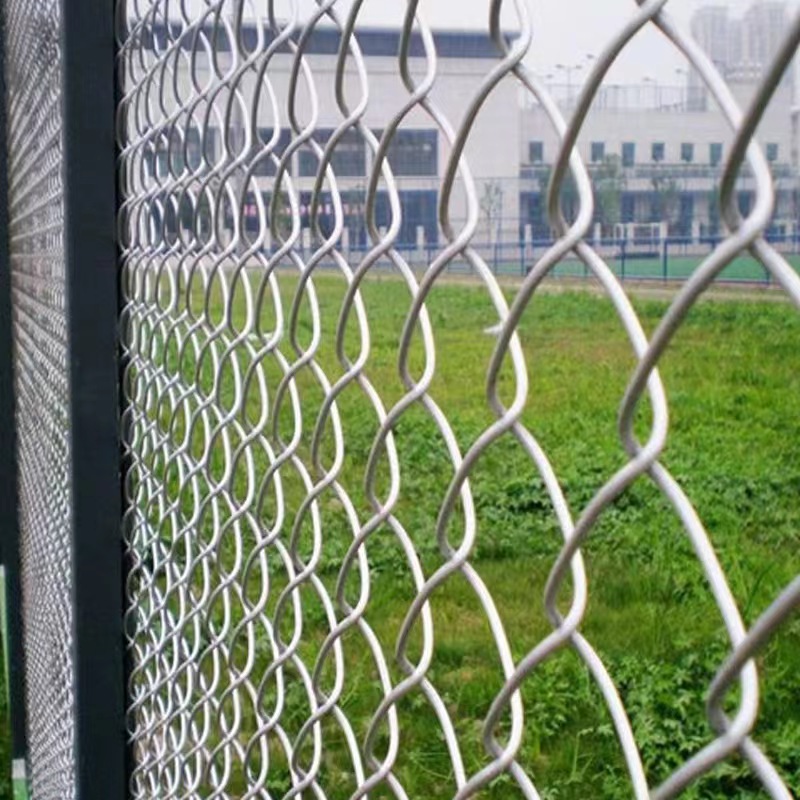-
+86 15030157877
-
sales@galvanizedmetalmesh.com
Nov . 09, 2024 07:27 Back to list
Fixed Knot Fence Manufacturing Solutions for Durable and Reliable Enclosures
A Comprehensive Overview of Fixed Knot Fence Manufacturing
In the realm of agricultural and industrial fencing solutions, the fixed knot fence has emerged as a quintessential choice for a multitude of applications. As communities continue to prioritize both utility and aesthetics in their fencing solutions, fixed knot fences stand out for their strength, durability, and effectiveness. This article delves into the intricacies of fixed knot fence manufacturing, discussing the production process, applications, and benefits associated with this robust fencing option.
Understanding Fixed Knot Fences
Fixed knot fences are engineered to provide a secure and reliable barrier, particularly in agricultural settings where livestock containment and crop protection are paramount. Unlike traditional fencing, which typically consists of wooden posts and barbed wire, fixed knot fences utilize a unique design where knots secure the horizontal wires to vertical stay wires. This creates a more rigid and stable structure that can withstand the rigors of environmental factors and animal pressure.
The Manufacturing Process
The manufacturing of fixed knot fences involves several critical stages, each contributing to the overall quality and reliability of the final product.
1. Material Selection The journey begins with selecting high-quality materials, typically galvanized steel wire, which offers superior resistance to rust and corrosion. The choice of material is crucial as it determines the longevity and strength of the fence.
2. Wire Drawing Once the material is sourced, the wire undergoes a drawing process, where it is pulled through a series of dies to achieve the desired diameter. This step not only shapes the wire but also increases its tensile strength, ensuring that it can withstand tension and impact.
3. Knotting Process The hallmark of fixed knot fences is their unique knotting system. In this phase, specialized machinery is utilized to twist and secure the horizontal wires to the vertical stays, forming a fixed knot that ensures minimal movement. This technique is pivotal for maintaining the structure's integrity over time.
4. Fencing Assembly After the knotting process, the wires are assembled into panels. The panels are then carefully inspected for quality, ensuring that they meet industry standards for strength and durability.
5. Coating and Finishing To enhance the fence’s resistance to weathering and environmental damage, a protective coating is applied. This step often includes galvanization or the application of polymer finishes that improve the aesthetic appeal while providing added protection.
6. Quality Control and Testing Before reaching customers, the finished panels undergo rigorous quality control checks. Testing involves assessing the tensile strength, durability, and overall construction integrity of the panels to ensure they can withstand various conditions.
fixed knot fence factory

Applications of Fixed Knot Fences
The versatility of fixed knot fences extends across numerous applications, making them an ideal choice for different environments. Some of the most common applications include
- Livestock Enclosures Farmers rely on fixed knot fences to securely contain livestock while minimizing the risk of injury
. Their robust design prevents animals from pushing through or escaping.- Wildlife Protection Fixed knot fences are also employed in wildlife management, creating barriers that protect certain species and habitats while allowing others to roam freely.
- Property Boundaries Many homeowners and rural property owners choose fixed knot fences for boundary marking due to their aesthetic appeal and durability.
- Security Fencing In commercial settings, fixed knot fences provide effective security solutions, protecting properties from trespassers and intruders.
Benefits of Fixed Knot Fencing
The advantages of choosing fixed knot fences over traditional fencing options are substantial. Their inherent strength and flexibility allow them to endure the demands of various environments, thereby extending their lifespan. Additionally, the fixed knot design minimizes the need for frequent maintenance and repair, resulting in lower long-term costs for property owners.
Furthermore, the aesthetic appeal of fixed knot fences makes them an attractive option for both rural and urban landscapes. Their clean lines and robust appearance provide a combination of form and function that satisfies diverse customer preferences.
Conclusion
In conclusion, fixed knot fence manufacturing represents a blend of innovation, quality craftsmanship, and versatility. As agricultural practices and land management continue to evolve, these fences will undoubtedly play a crucial role in fulfilling the fencing needs of both rural and urban landscapes. Their robust construction, durability, and aesthetic appeal make them a prime choice for anyone in need of reliable fencing solutions. As we look to the future, the advancements in manufacturing techniques will likely only enhance the performance and applications of fixed knot fences, solidifying their place as a staple in the fencing industry.
-
Premium Welded Gabion Mesh | Robust & Eco-Friendly
NewsJul.31,2025
-
Premium Eco-Friendly Roof Tiles | Affordable & Durable
NewsJul.31,2025
-
Premium Roof Tiles for Durable & Stylish Roofing Solutions
NewsJul.30,2025
-
High-Quality Roof Tiles for Durable & Stylish Roofing Solutions
NewsJul.29,2025
-
High Quality Square Wire Mesh Manufacturer & Supplier for Wholesale
NewsJul.29,2025
-
Premium Roof Tiles for Durable & Stylish Roofing Solutions
NewsJul.29,2025



